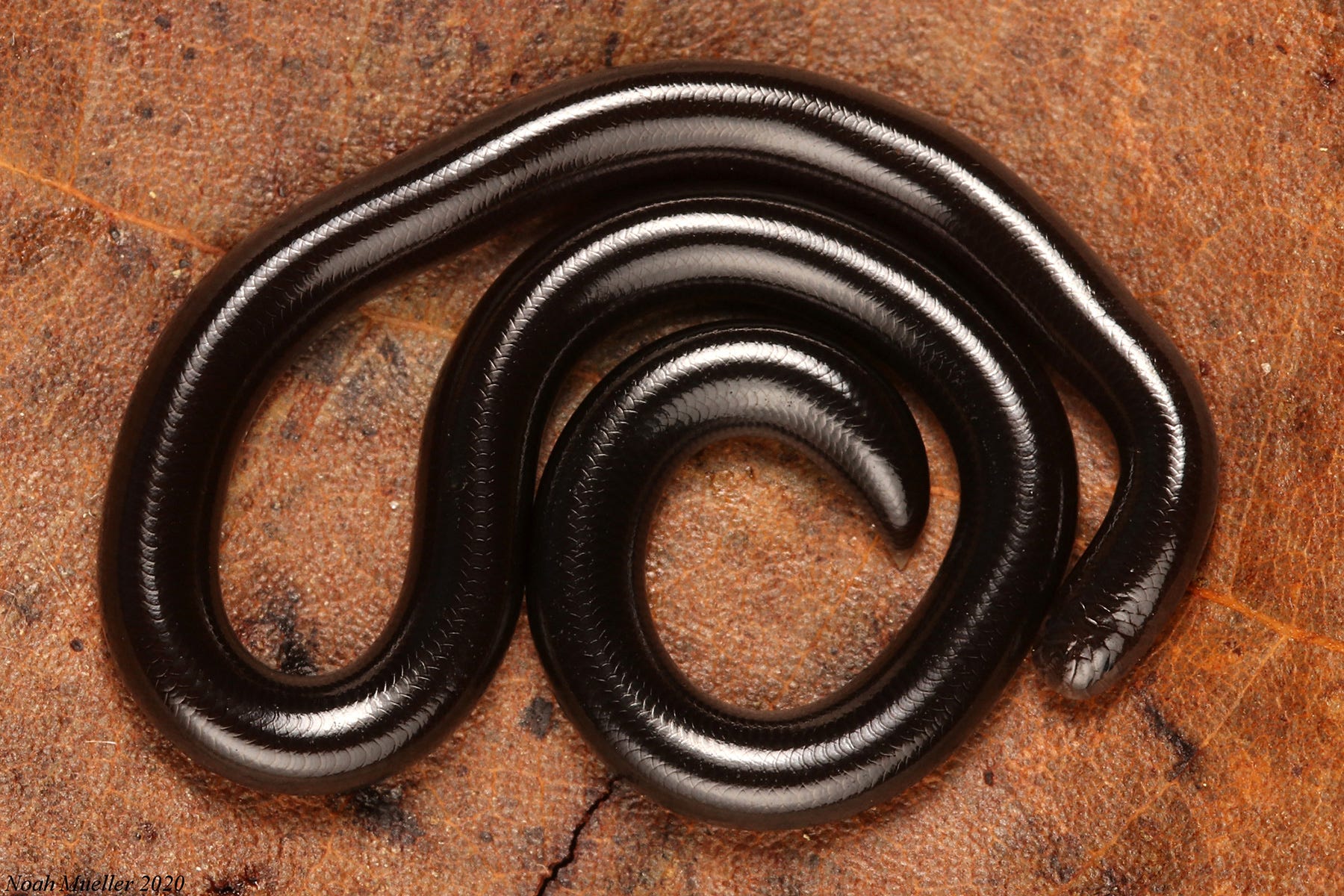
Our son was randomly looking through his photo archives last week and came across a video he had taken in New Orleans three summers ago.
“What’s this?” he wanted to know. (I get this kind of request fairly often, given my Doctor Science reputation and not having a day job.)
And he sent me the video in question, which you can see here: (I tried to trim to 20 seconds but didn’t have the chops. QuickTime was NOT quick.) Sorry for the traffic noise in the background, from this park near the river in New Orleans. I suggest to to full screen to see what details you can suss from this short video.
SEGMENTATION:
An earthworm of any species is segmented. There are no rings visible on this guy. (But the scales that are present are not readily discernible.)
LOCOMOTION:
“Jumping worms” are invasive and NOT good for forests or gardens.
The creature we are watching from New Orleans does not move this way. There are some “sidewinder” snake-like motions that got my attention right away.
THIS might be something new under the sun !
So in the end of this bio-sleuthing, I determined that this was Indotyphlops braminusa—the Bimini (or Brahminy) Blind Snake—a non-native fossorial, parthenogenetic alien. (All individuals are female and they live underground.)
My son noticed (and I saw it, but you have to go frame by frame) that a tiny tongue flashed a time or two from one end of this creature (there is no distinct HEAD but you assume it moves head-first). The tail end is blunt and larger than the head, seems to me, with a bit of a point.
RANGE IN THE US:
They are particularly prevalent in Florida, California, Georgia, Louisiana, California, Arizona, Connecticut, Texas, and Hawaii. Other places in the Americas where this snake has become invasive include Mexico, Guatemala, Belize, Colombia, Barbados, the Cayman Islands, and the Turks and Caicos Islands.
The Blind Snake is on record for Louisiana and New Orleans but they are rare.
I plan to submit this record to iNaturalist and/or the Louisiana Natural History folks.
Now it’s your turn.
So PAY ATTENTION! Ordinary things might not be so ordinary, after all!


